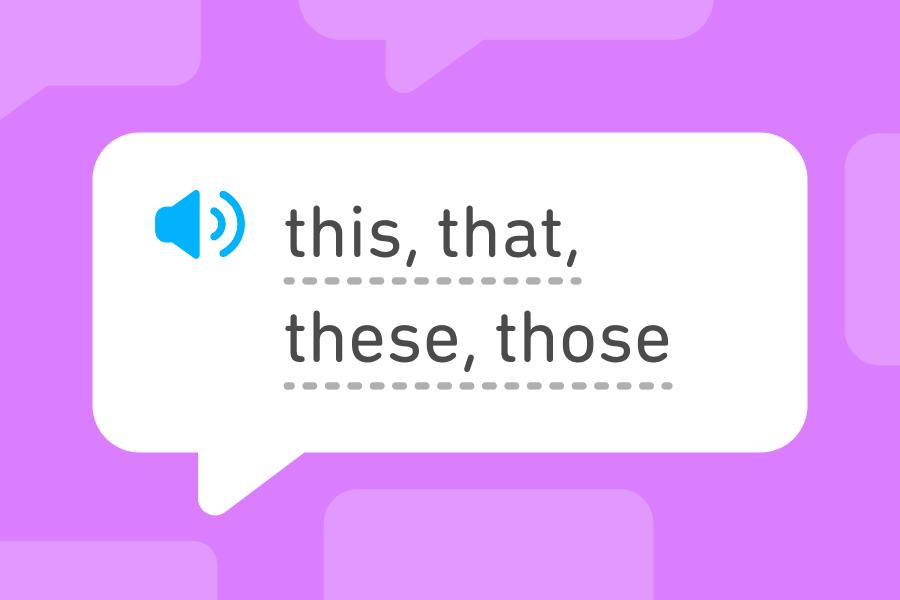English adjectives: how to use them and most common types
Adjectives come in more flavors than you think. This guide breaks them all down!
Nouns and verbs might be the building blocks of language, but adjectives make things way more fun! They let you describe nouns, ask questions, show ownership and more.
With so many kinds of adjectives, though, it can be a lot to take in. That’s exactly why we’ve put together this guide to help you make sense of it all!
Essential English adjective topics
To use adjectives confidently in English, there are a number of topics you’ll want to study:
- Descriptive adjectives. These adjectives are great for adding detail to your speaking and writing. They can be used to describe everything from size to appearance, texture, personality and beyond!
- Demonstrative adjectives. This special type of adjective is helpful when you need to add emphasis or indicate exactly which noun you are talking about. English has four demonstrative adjectives: this, that, these, and those. Which demonstrative adjective you use depends on whether the noun it’s modifying is singular or plural and whether the noun is perceived as near or far.
- Adjective order. When using more than one adjective in English, they need to follow a specific order. The typical order is: determiner, quantity, opinion, size, age, shape, color, origin, material, and purpose.
- Comparatives and superlatives. The comparative and superlative forms of adjectives are used to, well, compare things. They make it possible, for example, to tell us that your mom is taller than your dad, but your brother is the tallest person in your family!
- Possessive adjectives. These adjectives are used to show possession or ownership. The possessive adjectives in English are: my, your, his, her, its, our, and their.
- -ed and -ing adjectives. Adjectives ending in -ed and -ing can be tricky for English learners, but there’s one helpful rule to remember: Typically, adjectives ending in -ing cause a feeling, while adjectives ending in -ed are the feeling or effect.
- Interrogative adjectives. Interrogative adjectives are special adjectives used to ask questions. In English, there are three interrogative adjectives: which, what, and whose.
- Numeral adjectives. There are two types of numeral adjectives in English: cardinal and ordinal. Cardinal numbers (like one, seventy, and three hundred) are used to describe quantity, while ordinal numbers (like first, seventieth, and three hundredth) are used to indicate order.
- Color words. As you might expect, color words are adjectives that describe the color of something. They can tell us about the deep blue of the ocean waves or the bright pink of a flamingo’s feathers. Color words are also used in many idiomatic expressions in English.
- Gradable and non-gradable adjectives. Most adjectives in English, such as boring or cold, are known as gradable adjectives. These adjectives can be described in degree (something can be a little boring or very boring). Other adjectives, such as amazing or married, are non-gradable adjectives. These adjectives can’t be described in degree and therefore cannot be modified with words like a little or very.
Learning the most common adjectives will make your English more expressive, so try incorporating new ones into your writing and speaking today!
You’re so good with adjectives
Now that you know the basics of English adjectives, you’re ready to go out and use them all with confidence!

 How to use English demonstrative adjectives
How to use English demonstrative adjectives